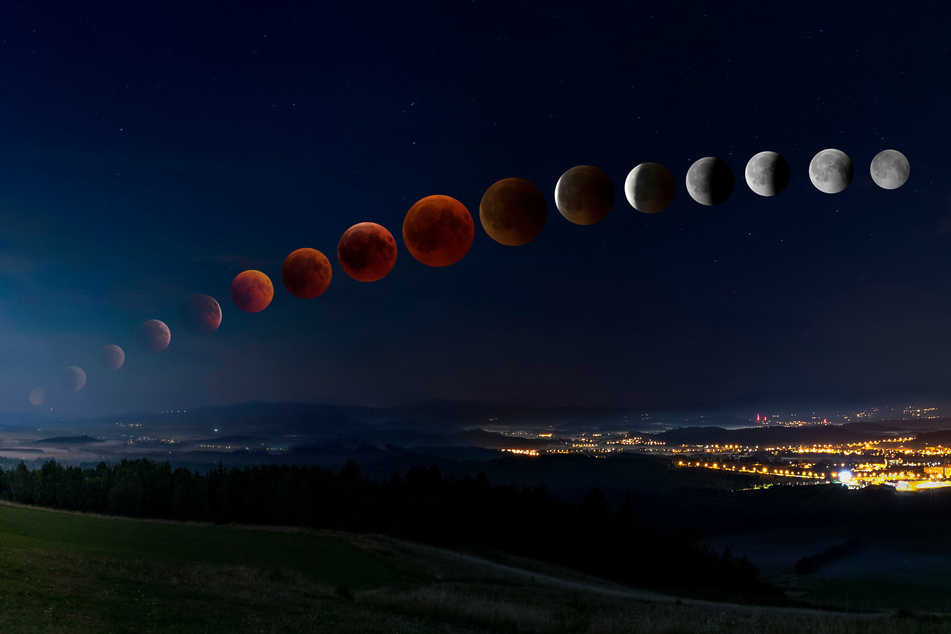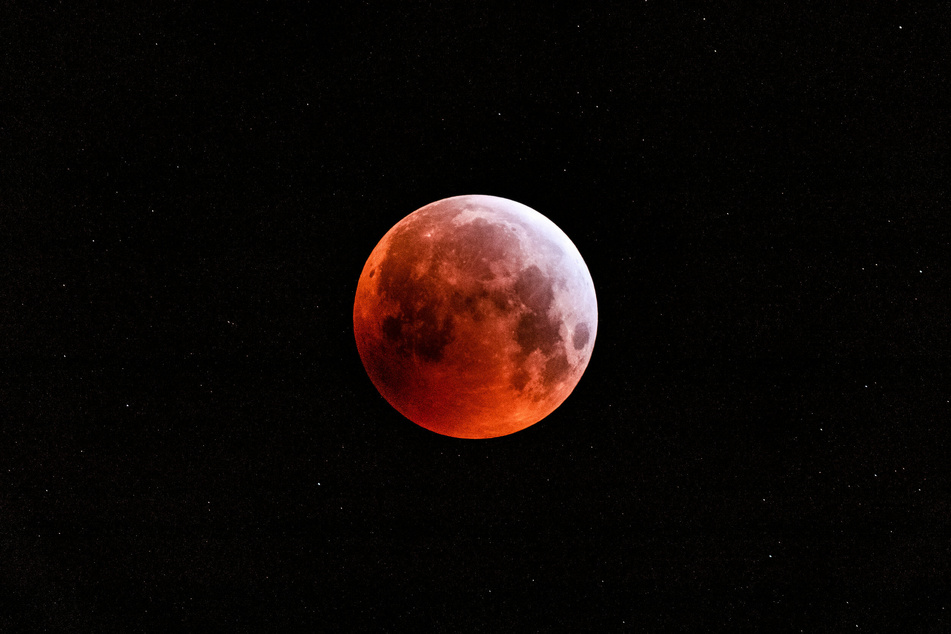Super blood Moon 2022: How to watch the total lunar eclipse on May 15
New York, New York- This Sunday night, if you step outside at the right time and look up, you're bound to see a big red moon.

Sunday at 10:30 PM EDT, the Moon will start moving into the Earth's shadow, according to NASA. This phase of an eclipse is known as the umbra.
This total lunar eclipse won't be reach its totality, or full shadow immersion, until 11:30 PM. That's when the big full Moon will look red, which is why this phenomenon is also called a blood moon.
This slightly unsettling color is caused by the Earth's shadow, which has a red hue due to how the Sun's light moves through our planet's atmosphere.
The eclipse on Sunday will last for about an hour and a half and ends at around 2 AM EDT on Monday morning.
It's the first total eclipse of 2022 and an extra special one too, because this full moon is at its closest point to the earth – also known as a supermoon.
How to watch total lunar eclipse

Unlike with a solar eclipse, you can look at a lunar eclipse without eye protection.
That's because of our planet's shadow on the moon, which prevents you from looking directly at the sun.
For those set on seeing and or snapping the perfect pic, you will have the best possible chances if you are on the East Coast of the US. There, the moon will be high in the sky when it reaches the total eclipse phase.
The lunar eclipse will also be visible in:
- most of the Americas
- Europe
- Africa
If you happen to be farther out west in the US, you will also be able to see the super blood moon. The phenomenon will just be closer to the horizon, when the eclipse is at its peak.
That can make it harder to see, so anyone out in Colorado, California, or Texas should make sure they can get out somewhere with an unobstructed view.
When to catch the next solar and lunar eclipse:
The last total lunar eclipse according to NASA was in May 2021. The next eclipses in 2023 are:
- Total lunar on May 15, 2022 (visible Americas, Europe, Africa)
- Partial solar on October 25, 2022 (visible from Europe, Africa, Middle East, Asia)
- Total lunar on November 8, 2022 (visible from Asia, Australia, Pacific, Americas)
If you can't get somewhere with a great view of the moon, then you could always tune into NASA's live stream of the eclipse.
Cover photo: 123RF/mitelski
